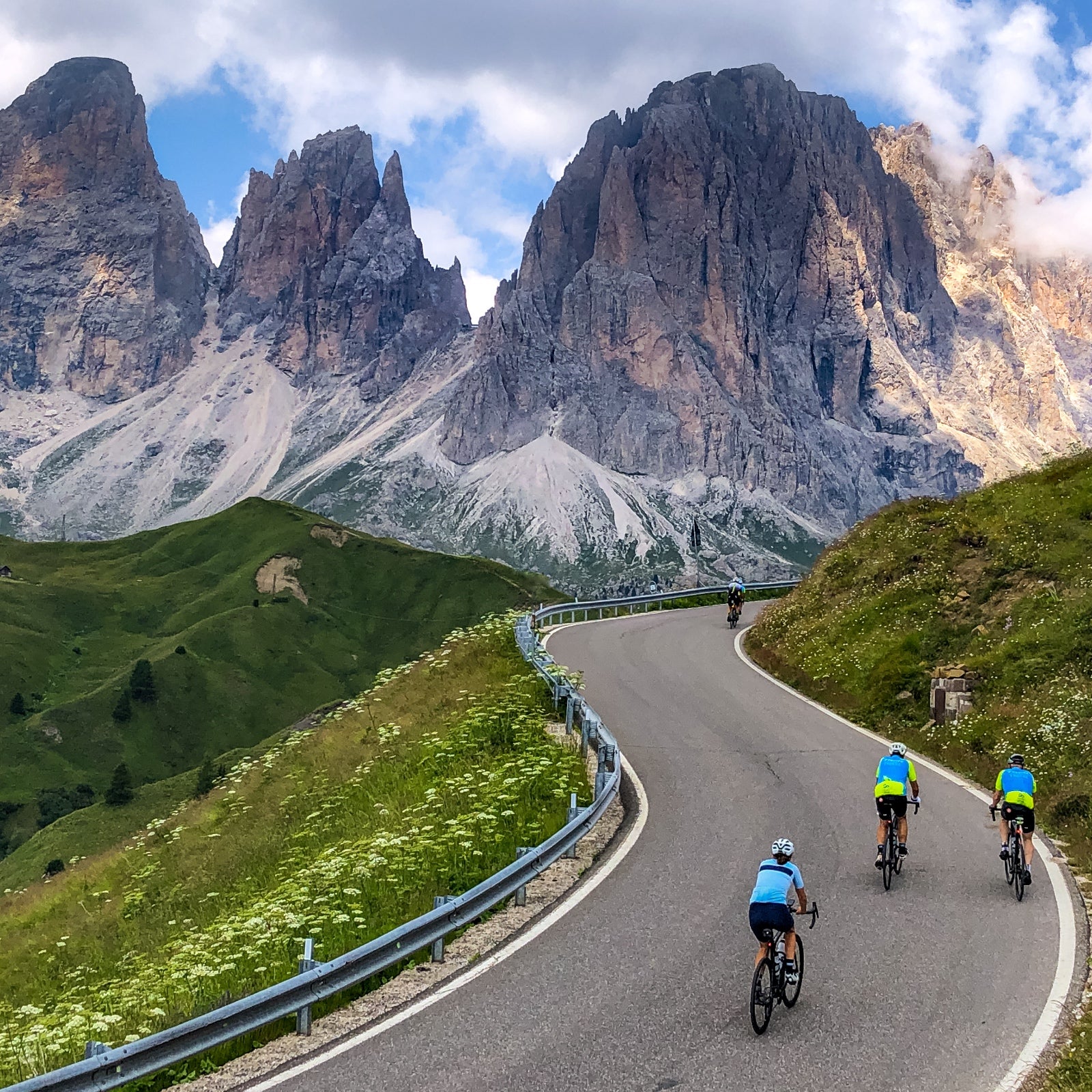Would you marry somebody the first day you met? Or get to know them for a while before committing?
Probably the latter. The same principle applies when committing to outdoor gear. Under the shiny lights of REI, amid all the new and eagerly marketed merchandise, everything looks ideal. But making a purchase under those conditions is like proposing based on somebody’s Tinder profile: impetuous, likely irrational, and overly optimistic, given your needs and expectations. You can’t know if something is a true fit until you’ve covered tough terrain together.
And outdoor gear is a big commitment, considering that skis can retail for hundreds of dollars and bikes thousands. According to data from the U.S. Bureau of Labor and Statistics, the cost of outdoor equipment and supplies before cooling slightly to 9 percent again this year.
Fortunately, brands are cognizant of this. And to better help consumers determine which equipment is worth a long-term relationship, several have designed travel experiences that encourage you to try their equipment over a period of days (or weeks) days before you buy. What’s new is the specialized nature of the programs, which are looking to meet the needs of niche outdoors people—women cyclists, for example, or novice campers, or avid recreationists from specific metro areas. What they are finding is a receptive, captive audience.
You, too, can get down and dirty with gear you’re considering before making a commitment. Here are our recommendations for some of the best brands offering travel-and-test adventures worth your time and money.
EvoTrip
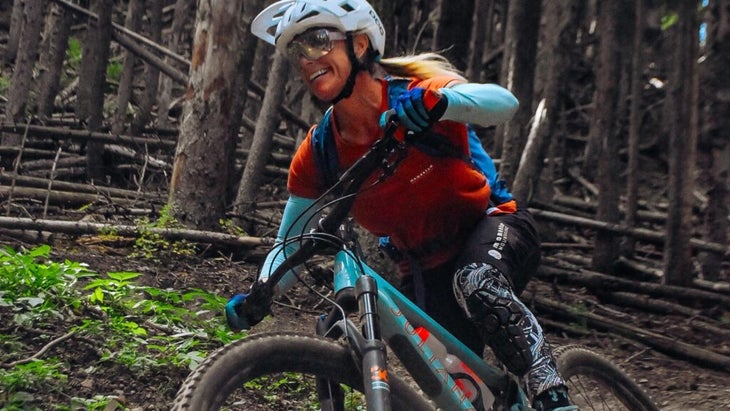
This fall, recreational mountain biker Annika Delfs, who lives in San Diego and works in the mountain-bike department of an REI there, took part in a travel-and-test getaway to Utah with EvoTrip, a 15-year-old arm of the established retailer. Delfs got into mountain biking during the pandemic, and while she’s clocked quite a few hours on local trails over the past few years, she was reluctant to spring for a pricey off-road bike without hands-on experience and time to decide which model was right for her style of riding.
“Demoing bikes in a store setting typically isn’t ideal for mountain bikes and mountain-bike gear,” Delfs says. “It’s definitely more beneficial to get a true sense of how the bike responds to different rocky or gravel trains, and see how the suspension performs.”
So in September, she flew to Salt Lake City for a ($995), hosted in conjunction with Juliana bicycles and Momentum Mountain Biking, and for two days in nearby Park City she rode two Juliana bikes—the Furtado and Roubion (another two bikes, the Joplin and Wilder, were also available to participants).
Delfs said that testing the bikes “at a bike park specifically, where we had access to jumps, drops, really any type of terrain you can think of for mountain biking,” gave her time to learn about each and understand how they perform. She left with a much clearer idea of what she’s seeking in her next ride: “Good rear suspension and low-hanging suspension.”
The trip price included two nights’ accommodation at the year-old Evo Hotel, instruction by pro coaches, two lunches and daily snacks, and of course the demo models. The sold-out event was offered once last year, with available for two offerings in 2024.
At the moment, the Utah bike weekend Delfs attended is the only EvoTrip in which gear demos are included in the package price (though more are in the works). However, its trips aren’t limited to domestic locales; travel-and-test experiences in Japan, Chile, and the Alps include access to beautiful outdoor areas and iteneraries ideal for demoing skis, snowboards, and mountain bikes, says EvoTrip senior manager Michelle Linton.
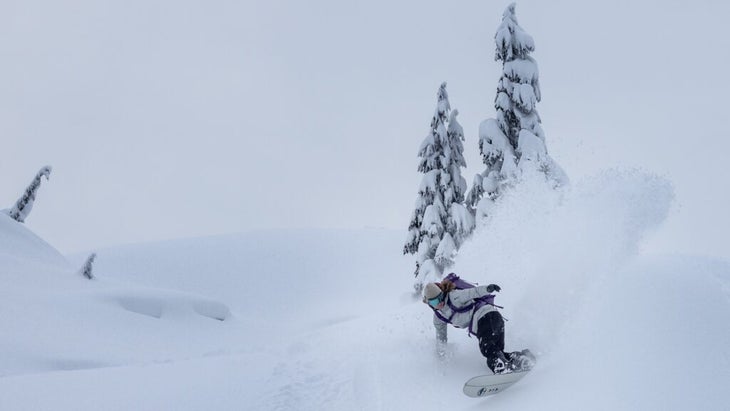
For four of its Japanese destinations (Hakuba, Niseko, Furano, and Myoko), a 10 percent discount is offered on equipment rentals, which include skis and snowboards that retail for upward of $450 and as much as $1,000. Clients can choose to test Armada’s ARV JJ and Armada VJJ, K2’s Mindbender 106C and Mindbender 99Ti, and Völkl’s Deacon 84 and Revolt 121, as well as Burton’s Deep Thinker, Capita’s Birds of a Feather, Gnu’s B-Nice, Lib Tech’s Orca and Cold Brew, and Yes’s 420.
Other trips include gear gifts that travelers can take home with them. On its eight-day adventure to the ($3,050, next scheduled for March 3 to 10), participants visit the Capita Snowboards factory, and everyone receives a free custom snowboard, says Linton.
�������������
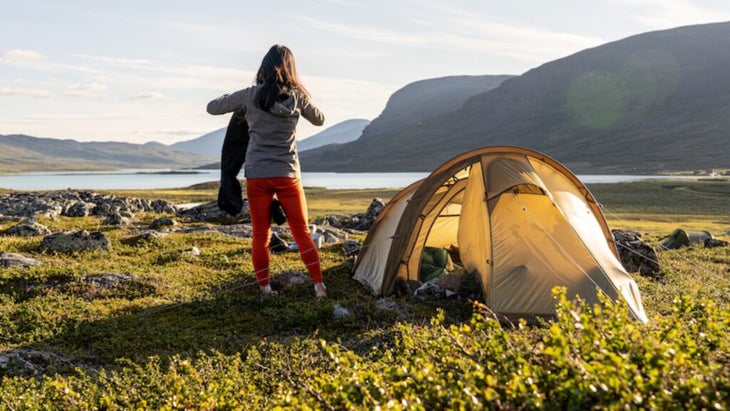
In 1979, ����ä������ä����� founder Åke Nordin began lending trekking gear to beginners and guiding them through the Swedish wilderness. Thus began the first-ever ����ä������ä����� Week, which has evolved into a multi-country program called . These backpacking trips are offered in six countries: its home country, Denmark, South Korea, Germany, the UK, and the U.S. (Colorado). Chile is slated to join the lineup in 2024.
On Classics trips, backpackers carry their own gear and pitch their own camp, but they follow a clearly marked trail where ������������� representatives are stationed along the way to lend a hand and replenish supplies.
“We’d rather have somebody borrow a tent, and have multiple people use it hundreds of times, than have someone purchase a tent that they use once and then it sits in their garage.”
The reasonable prices are one of the big appeals: they range from about $200 (Germany) to about $260 (Sweden). Costs cover everything from bus transportation to the nearest town before and after the event to freeze-dried food and snacks, gas for campstoves, toilet paper, and wag bags.
The cost of gear rental is additional but encouraged. For the Sweden trip, for example, you can test its Abisko tents—the Endurance 2, View 2, Dome 3, and Endurance 4, the least-expensive of which retails for $800—as well as 65-to-75-liter packs and Primus Lite+ or Primus Lite XL stoves. In 2023, trip-goers paid 100 Euros (about $107) to rent a two-person tent, 50 Euros ($54) for a backpack, and 50 Euros for a campstove and kitchen set.
Incorporating gear rentals into ������������� Classics fosters inclusion and sustainability, says Claire Sisun, a global communications specialist for the Swedish brand.
“We have this gear, and we want you to be able to come out and not have to spend $600 on a tent to do the event,” says Sisun. It’s more of a philosophy of “Let’s get you out there” and less of a hard sell to consumers to buy the latest and greatest gear, she continues. “We’d rather have somebody borrow a tent, and have multiple people use it hundreds of times, than have someone purchase a tent that they use once and then it sits in their garage.”
TrekTravel
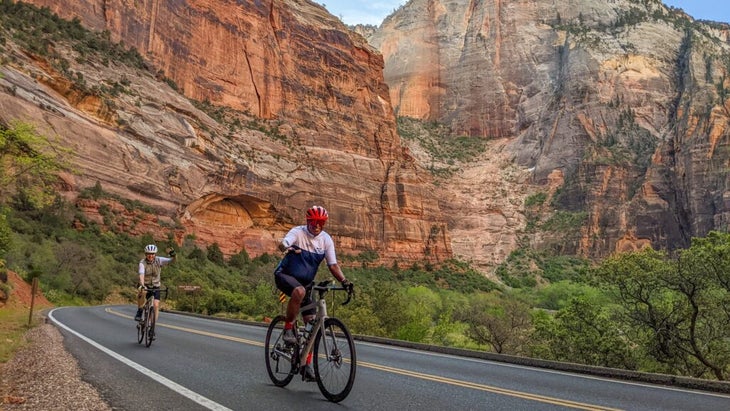
To better cater to the huge world of cycling’s various fitness and interest levels, TrekTravel created biking trips to cater to four levels of riders: leisure, recreational, active, avid. One of its most popular is a new six-day leisure-level route from ($4,699), though active cyclists may prefer its six-day adventure in the ($4,199). The use of Trek’s or bikes are included in all packages, or you can upgrade to its Domane+ e-bike (from $399).
Most cyclists on a TrekTravel trip use a Trek bike, says Jake Fergus, the company’s director of marketing. It saves participants the hassle of shipping their own to and from the destination. Plus, he says, “It’s a great way to experience a bike if you don’t want to spend $7,000 on a new ride before you’ve tried it out pretty extensively.”
If the trip proves that the brand’s bikes are a good fit for you, TrekTravel offers guests a $500 coupon to put toward a future Trek bike purchase.
Orvis ���ϳԹ���s
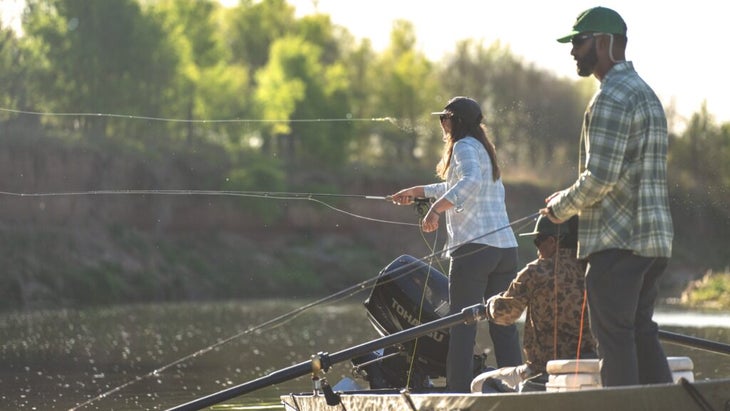
Orvis was founded in 1866 in Vermont as a fly-fishing-equipment company. And today use of fly-fishing gear is included in the cost of —a network of schools, outfitters, and lodges—around the world. Colorado, Vermont, and Alaska are popular domestic getaways, says Scott McEnaney, its director, and is a hot international destination.
“Each location has gear there and ready to go for guests when they arrive,” McEnaney says. “They’ll have waders, they’ll have boots your size, they’ll have the rods and reels for the type of fishing you’ll be doing that day—which could mean multiple rods and reels.”
Any gear that’s a keeper can be purchased directly at the Orvis ���ϳԹ��� Lodge where you’re staying, or from a retailer once you’re home.
L.L.Bean
This decades-old Maine company encourages novice campers to embrace the outdoors via its package, designed to let complete beginners get going with no gear investment.
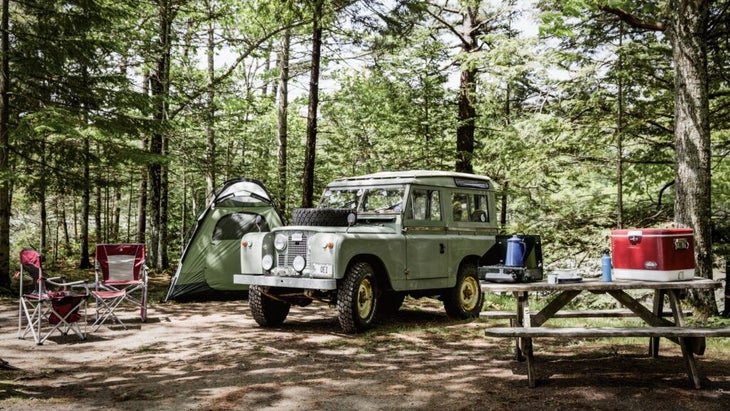
A sustainable campsite for up to six people is set up at the oceanfront Wolfe’s Neck Center Campground in Freeport, Maine, and kitted out with the some of brand’s best gear, including its Northern Guide six-person tent, Adults’ Mountain Classic Camp sleeping bag, Ridge Runner sleeping pad, Flannel camp pillow, Eureka Ignite Plus campstove, ENO Double Nest hammock, Woodlands screen house, Waterproof Outdoor blanket, Acadia Camp chair, and Trailblazer Snap 300 Combo headlamp. Purchasing this entire setup would run you more than $1,600; instead, you can spend $149 per night and test all of that gear (two-night minimum required), with tips and tricks offered to make it a positive experience.
REI
Guided local outdoor experiences that include gear are offered at in San Francisco, Seattle, and Scottsdale, Arizona. For example, you can try your hand at in San Francisco or explore the deserts via a or ) in Scottsdale.
Want to experiment with gear on a DIY adventure? Each has a unique selection of rentals that include brands like REI Co-op as well as Black Diamond, Coleman, Jetboil MSR, NRS, and Rossignol. You can try everything from camping and rock-climbing equipment to essentials for cycling, paddling, and cross-country skiing.
During warm-weather months, REI sees the biggest interest from customers seeking camping necessities, namely sleeping bags and stoves; in the winter, the most popular rental item is snowshoes, says Ryan Holte, a stores-program specialist. Rental prices vary. Accessories like lanterns or trekking poles typically run for less than $15 per day; larger items, tandem kayaks, can go for $100 a day.
There’s no limit on how long an item can be rented. And while day-of rentals are offered, it’s a good idea to reserve gear ahead of time, especially on big outdoor weekends like Labor Day.
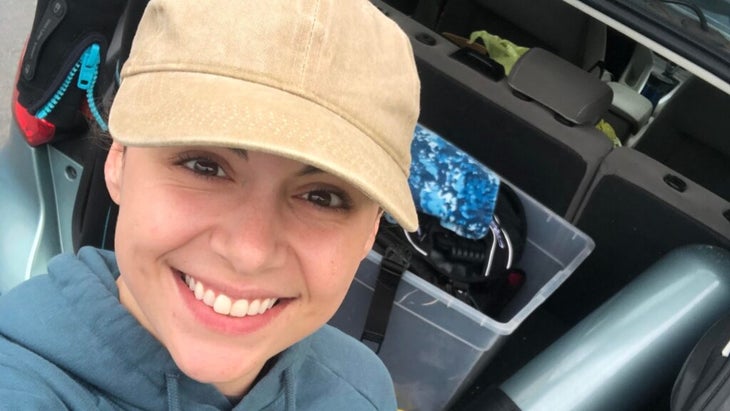
knows firsthand that packing scuba equipment in a carry-on is a great way to earn a TSA bag search. The former digital editor of Scuba Diving magazine, she now covers travel and water-related topics as a freelance journalist.

